Clients who receive medication-assisted treatment have been shown to stay in treatment nearly twice as long as clients who do not. It’s an evidence-based treatment style that is proven effective for Opioid Use Disorder and Alcohol Use Disorder.
Medically Reviewed:
Dr. Randy Gelow, MD, FASAM
Ray Hamilton, DNP, PMHNP-BC, FNP-C
Last Updated: November 6, 2022
Clients who receive medication-assisted treatment have been shown to stay in treatment nearly twice as long as clients who do not. It’s an evidence-based treatment style that is proven effective for Opioid Use Disorder and Alcohol Use Disorder.
While the specific behavioral therapies used in MAT can vary, there are only a few FDA-approved medications that people can use to treat opioid addiction and alcoholism. With such promising results for opioid and alcohol use disorders, the healthcare industry is now researching medications to treat other substance abuse disorders.
“Medication-Assisted Treatment (MAT) is an evidence-based practice using medications in combination with counseling and behavioral therapies, to provide a “whole-patient” approach to the treatment of substance use disorders.” – SAMHSA
MAT works differently depending on the type of medication and therapy being used and the type of addiction a person is suffering from.
When looking at both alcohol and opioid abuse a person typically becomes addicted because their opioid receptors are activated, causing a sense of euphoria among other symptoms. These receptors can be naturally activated as well, through exercise and the creation of endorphins.
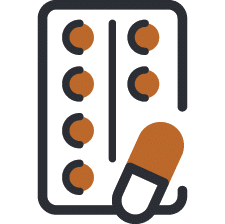
Agonist medications are drugs that open opioid receptors in the body allowing people to feel the effects of these drugs.
Full agonists are generally the drugs that people become addicted to like oxycodone or heroin. Alcohol is also considered an indirect full agonist.
Partial agonists also activate receptors in the brain, but to a much lesser degree, making the effects significantly less intense. Partial agonists are typically only found in MAT medications.
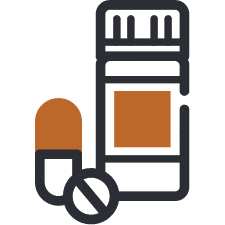
Antagonist medications block opioid receptors.
These medications bind to the opioid receptors for a period of time “blocking” the effects of agonist substances, like oxycodone or alcohol. Antagonist medications are almost exclusively used in MAT medications.
Manufacturers have created various types of medications that fall into either the agonist or antagonist category. Each medication has various available forms and potential side effects related to it.
Let’s take a closer look at some of the common types of medications that are used to help people dealing with substance abuse and how they differ from one another.
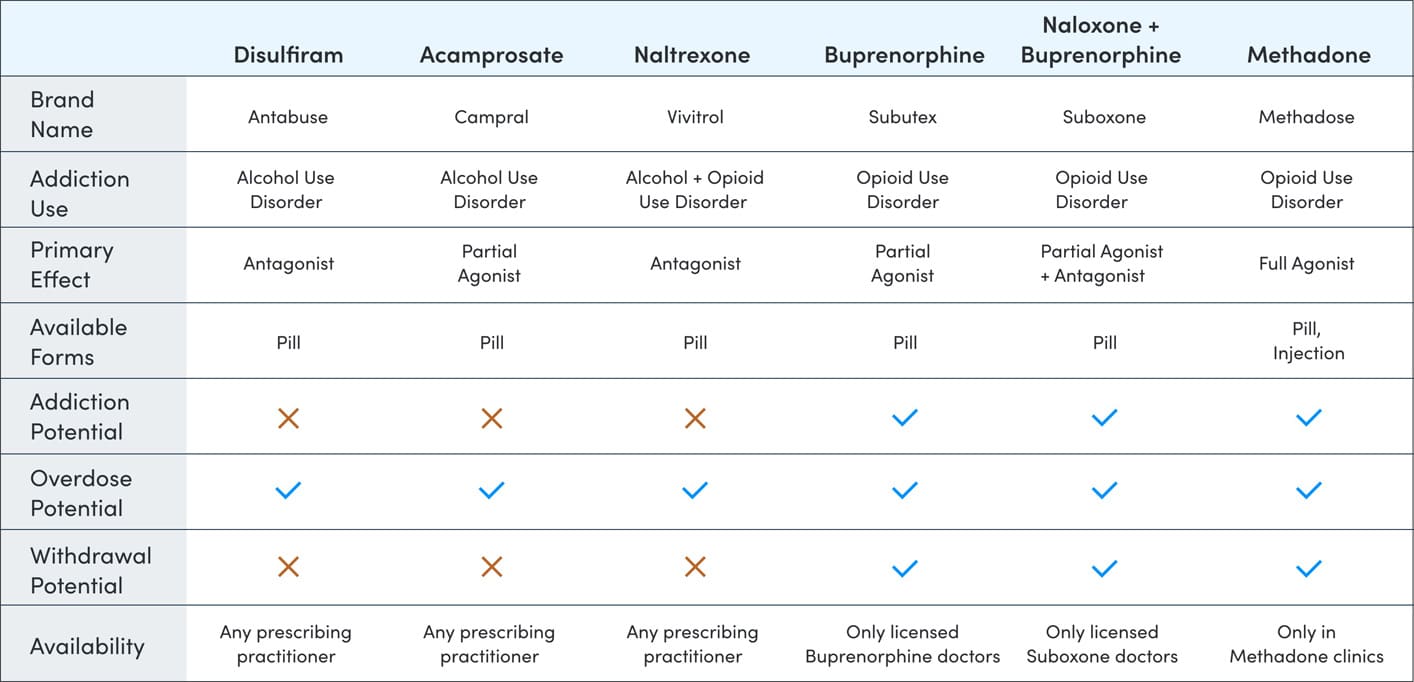
Methadone is one of the most common forms of medication used to treat opioid addiction. Methadone is used to treat severe pain for a period of time in people who have an opioid use disorder. While methadone can be an effective form of MAT medication, there are less addictive options now available.
Buprenorphine is a partial opioid agonist and diminishing the effects of opioid withdrawal symptoms and cravings. Buprenorphine also has a ‘ceiling effect’ meaning once the effects of the drug have reached a certain point they will not increase as the dosage increases.
Suboxone uses both agonist and antagonist medications to simultaneously alleviate withdrawal symptoms while blocking the effects of opioids. Unfortunately, it can stay for several days in the system and can be addictive. Suddenly stopping can result in withdrawal symptoms.
Acamprosate works after just one dose and is primarily used to suppress cravings and urges to drink alcohol, some of the primary symptoms of alcohol withdrawal. It is approved for long-term use in clients with AUD.
Naltrexone is one of the few medications that is approved for treating both opioid addiction and alcohol abuse. As is with Opioid Use Disorder, Naltrexone blocks the effects of alcohol, reducing the incentive for people to drink.
Disulfiram alters the way in which the body metabolizes alcohol and thus causes drinkers to experience extremely uncomfortable side effects after consuming even the smallest amount of alcohol. This type of negative conditioning can be effective in discouraging drinking.
Currently, there are no FDA-approved MAT medications available to people suffering from cocaine addiction. However, with such success being found in opioid and alcohol MAT programs, research is being conducted into medications for cocaine addiction as well.
Currently, Toprimate is only approved for treating epilepsy and chronic migraines in adults. However, recent studies have shown that it is effective in reducing the effects of cocaine, thus, reducing the motivation to relapse. Toprimate is also a non-addictive medication and may prove effective in cocaine addiction treatment.
Baclofen is a muscle relaxant that can help clients dealing with cocaine addiction overcome cravings to use. It has shown to reduce the brain associated with a cue-induced craving of cocaine.
Due to a handful of MAT medications being addictive themselves, there are specific support groups for those who become addicted: Medication Assisted Recovery Anonymous.
For those in recovery programs, the goal is simple: long-lasting sobriety. Getting to that goal, however, is the hard part. By combining medication and therapy for medication-assisted treatment, clients have a better chance at long-term sobriety.
To properly overcome addiction, all underlying conditions must be handled as they are often contributing or causing the addiction in the first place. Dual diagnosis treatment, consisting of MAT and other modalities, is the best way to properly treat those who are dealing with these issues.
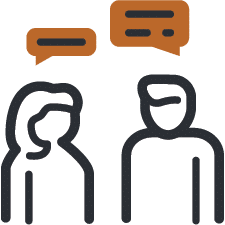
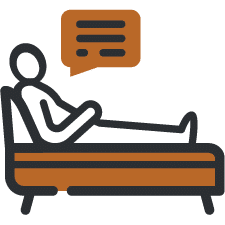
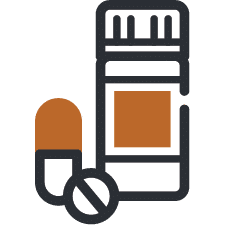
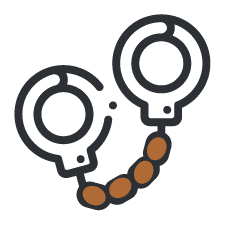
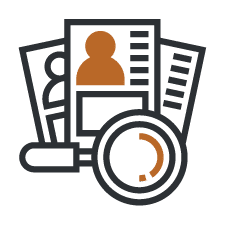
MAT is an evidence-based treatment program and has been proven effective in many studies.
One 14-year study found that increased access to buprenorphine and methadone led to a 50% decrease in heroin overdoses in Baltimore between 1995 and 2009.
Long-term studies of clients who received MAT have shown that it is not only effective in the beginning stages of recovery, but can also contribute to long-term sobriety. After 3.5 years, clients who had been given MAT during treatment were followed up with and 61% reported abstinence from drugs.
This number is huge. Especially when you consider the fact that behavioral interventions alone are not as effective and lead to 80% of clients returning to drug abuse.
In order to get MAT, clients will need to commit to their sobriety and go through an evaluation process. From there, the doctor will develop an individual treatment plan to ensure that each client is getting what they need. Typically, clients will receive MAT medications from a medical professional who is licensed to administer the drugs. This can happen in a clinical setting, primary care physician’s office, or in a residential rehab facility.
Along with regular medication appointments, clients will attend behavioral therapy sessions in individual and group settings. While it is not mandatory to attend therapy while taking medication, it is proven to be more effective when both methods are implemented simultaneously.

Provide medication that helps clients stay in treatment and manage withdrawal symptoms
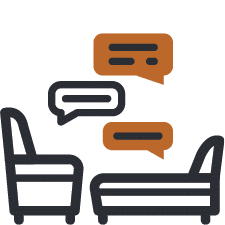
Have clients attend regular therapy to deal with the underlying cause of their addiction
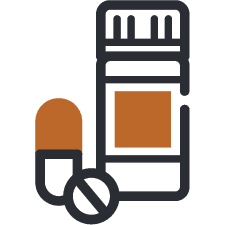
After a period of time, slowly taper clients off the medication
Some clients may never reach the tapering portion of medication-assisted treatment.
MAT costs will vary based on the drug, brand, and type of therapy used. For instance, for those receiving methadone or buprenorphine, it can cost about $100 to $130 a week whereas the brand version of naltrexone, Vivitrol, can cost over $1000 a month.
One of the most popular forms of therapy in MAT is cognitive behavioral therapy which can cost upwards of $150 per session, with therapists typically recommending weekly treatment.
Clients who choose to receive treatment in an inpatient or outpatient setting can incur costs between $3,000-$10,000 for 30-day programs.
Both state-funded and private insurance companies can offset these costs to ensure you pay just a fraction of these fees.
There is a myth that surrounds Alcoholics Anonymous that says the program does not allow you to be on medications and participate with the support group.
While some leaders of local mutual-support groups may say otherwise, there is likely an AA or NA group in your area that does not believe in such myths. Mutual-support groups are not supposed to give medical instructions to their members and should leave MAT medications up to you and your doctor.
The myth stems from the long-held belief that MAT is simply swapping one drug for another.
“Neither the Alcoholics Anonymous (AA) literature nor either of its founding members spoke against using medications as a component of a recovery plan for alcohol dependence.”
–Mistie Storie, Director of Training at the Association for Addiction Professionals
Despite how effective MAT has proven to be, medication options for substance abuse are still not available at every treatment center. While the number of treatment centers that do offer these options is increasing, it is still very low.
In 2017, less than 40% of treatment centers offered heroin clients access to medication-assisted treatment.
One of the biggest reasons MAT medications are not more widely provided is because many in the industry believe that clients are just replacing one addiction with another.
This is a big misconception.
MAT is an evidence-based treatment method that time and again has proven to be an effective way to help clients not only get sober, but stay sober.
While some of the medications offered have addictive properties and the potential to be misused, when coupled with routine talk therapy, this potential for misuse can be monitored and prevented.
While access to MAT medications is on the rise, it can still be difficult to find approved administrators for specific drugs.
For those seeking buprenorphine, SAMHSA created the Treatment Practitioner Locator to help you find a provider near you.
Additionally, methadone must be administered at an approved outpatient clinic, a similar tool can be found here to help you locate one in your area.
If you are looking to use MAT as just one tool on your journey to sobriety, The Hope House can help you do just that. At our Scottsdale addiction treatment centers we offer numerous MAT medications and therapy options to get you back on track.